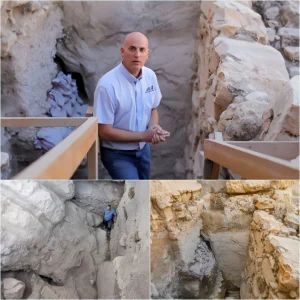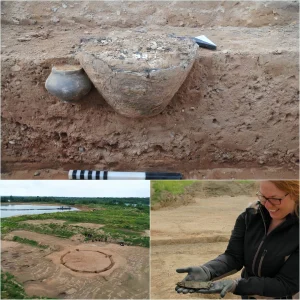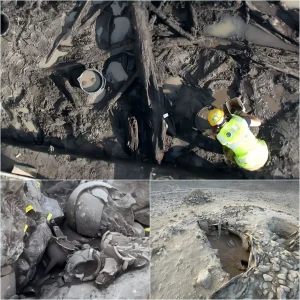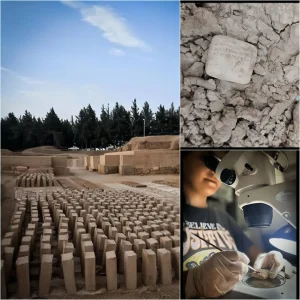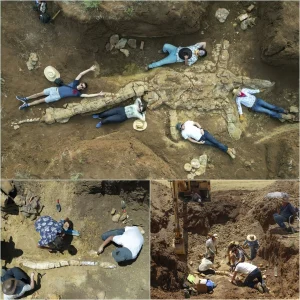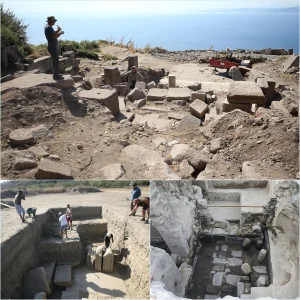Dr. Lynn Evans, curator of archaeology for Mackinac State Historic Parks, noted that although these rings are sometimes called “Jesuit Rings,” by the eighteenth century, they were strictly secular trade goods. The team discovered the ring in 1781 demolition rubble during an archaeological excavation at Michilimackinac, which has been ongoing since 1959, making it one of the longest-running archaeology dig programs in North America. Michilimackinac is a reconstructed fort and fur trading village designated as a National Historic Landmark.

The current excavation site is located at House E of the Southeast Rowhouse. Over the years, archaeologists have unearthed various artifacts from this site, including a lead seal from the “Compagnie des Indes” dating between 1717 and 1769, a brass sleeve button with an intaglio bust, a possible structural post dating to the original 1715 fort, another engraved “Jesuit” trade ring, a brass serpentine sideplate for a British trade gun, remnants of a creamware plate, a bone or ivory gaming die, and numerous other items.
